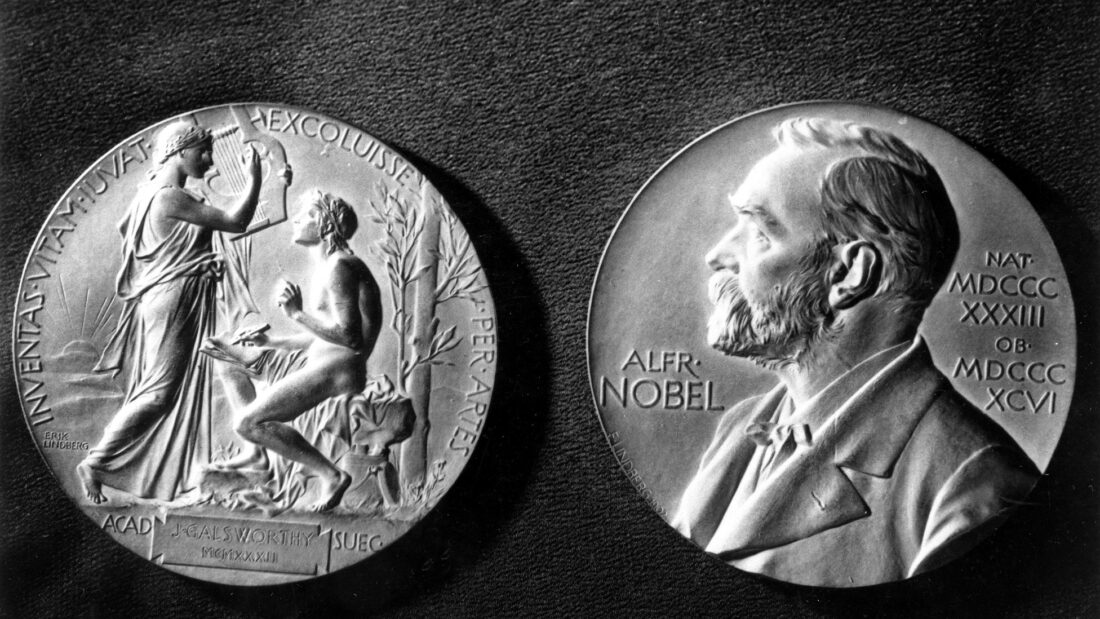The following story is a summary of an article by Nils Hanson and Anders Ottosson, titled ‘Nobel Prize for Physical Therapy? Rise, Fall, and Revival of Medical-Mechanical Institutes’.
In his will of 1895, the Swedish innovator Alfred Nobel stipulated that of five yearly prizes, one should go to the person,
who made the most important discovery within the domain of physiology or medicine.
The first Nobel Prize was awarded in 1901. Today, it is seen as the most prestigious benchmark of excellence in medicine, and is used for ranking universities and gauging the scientific reputation of whole nations.
In the Nobel Prize committee’s shortlist of candidates of 1916, one of the six possible laureates was unusual: the Swedish physician Jonas Gustaf Wilhelm Zander (1835–1920). Zander’s five competitors were very much on par with the contemporary scientific profile and reflected the kind of biomedical cutting-edge research that was in vogue at the time. Zander was nominated for his exercise devices, which aimed at treating and curing many chronic diseases and orthopaedic deformities (eg., scoliosis). Altogether, he had designed no fewer than 76 apparatuses to twist every part of the body in every possible direction.
Zander’s odd but strong candidacy may have been an expression of the nationalistic “zeitgeist” found in Europe at the time, as he was himself Swedish and a successor of the father of physiotherapy, another Swede, Pehr Henrik Ling.
Zander wanted to duplicate the many active and passive movements (including massage techniques) found in Ling’s physiotherapy. He believed that machines could execute the movements better than humans and that machines guaranteed a more accurate way to measure results, which made them more scientific. In other words, Zander’s machines did not add anything new to the actual movements; they had been practiced systematically for a long time, but manually. Using weights and levers, Zander came up with an alternative method that was less labor-intensive and even utilised steam engines for many of the passive movements.

Zander’s machines reached almost every corner of the world. Even large ocean-going ships, such as the Titanic, were equipped with Zander’s machines, allowing passengers to handle their ailments during the long trips.
Zander gained worldwide recognition within the scientific community. His devices were shown at international exhibitions—for example, in Brussels in 1876, in Philadelphia in 1876, and in Paris in 1878—and he received the Swedish Medical Society’s gold medal for his dissertation titled “On the Treatment of Chronic Scoliosis With Mechanical Gymnastics/Physical Therapy.”
Nowhere was Zander more successful than Germany and his Nobel Prize nomination was strongly influenced by the First World War and the great effect of restoring the functional abilities of soldiers who were maimed and wounded. Patrik Haglund, Sweden’s first professor of orthopaedics at the Karolinska Institute and the main organiser of Sweden’s care of people with movement disorders and disabilities personally vouched for this when sharing his experiences from a trip to Germany during the summer of 1915. He had witnessed great qualitative and quantitative progress in the Zander treatment of soldiers with joint, skeletal, and muscle problems. He stressed that several surgeons and orthopedists were convinced that no alternative treatment was as effective.
In his 13-page report, Nobel reviewer surgeon Jules Ackerman summarised that Zander would be a worthy Nobel Prize candidate. He put forward several advantages of Zander’s machines outlined above, plus referenced their precise calibration (each machine could be adjusted to suit each individual’s strength, and the machine was targeted at a specific set of muscles). The machines also reduced the labour force (ie, massage therapists and physiotherapists) and could handle many patients.
In an ironic twist of fate however, the very war that highlighted the value of Zander’s work also caused the cancellation of the the Nobel Prize in 1916. Zander’s Nobel Prize case was closed and he was not nominated again.
References
Hansson, N and Ottosson, A. 2015. Nobel Prize for Physical Therapy? Rise, Fall, and Revival of Medical-Mechanical Institutes. Physical Therapy and Rehabilitation Journal, 95(8), 1184-1194. Accessed online on 23 May 2023 at https://academic.oup.com/ptj/article/95/8/1184/2686506.

